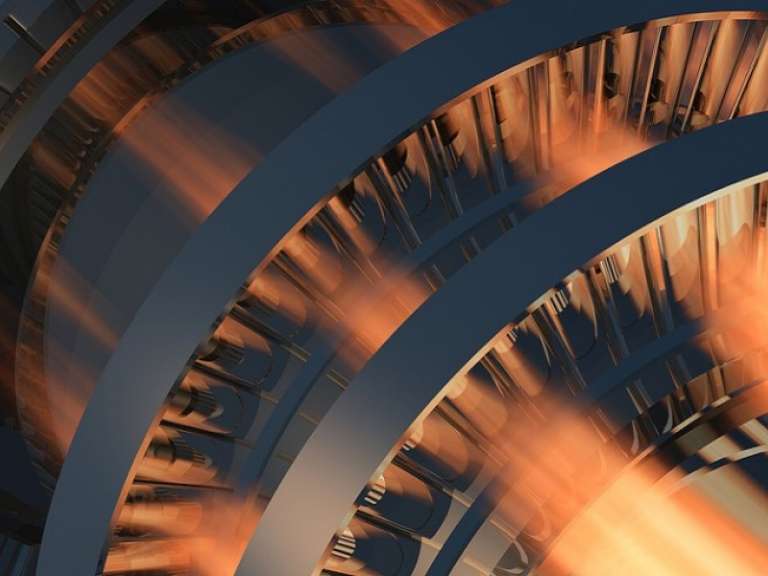5 Questions to Ask Your OEM After the Sale
Lawrence WilleyYour OEM is key to ensuring you optimize the performance of your equipment. Here are the questions you should ask after the sale.

Any piece of machinery from an OEM (original equipment manufacturer) will need refurbishment at some point during its lifetime. Fortunately, asset managers are not alone once the manufacturer fulfills the sales contract. Rather, they gain a trusted and accountable partner—one who can optimize asset performance for its entire life cycle. This shared value is central to maintaining the very best plant for the least amount of ongoing investment. The key is asking the OEM the right questions.
Consider the entire life cycle, from commercial operation date (COD) through decommission or repowering. Equipment manufacturers have extensive experience with the durability of their equipment under various operating and environmental conditions. The OEM will be able to provide guidance on determining the right time period during which maintenance or repairs can be conducted on capital equipment to enable it to last the entire life cycle at the lowest cost. Initial warranty periods can be extended with other OEM offerings, including extended warranty or long-term service agreements. In many cases, the OEM has a plan for the future that includes revenue sharing or other power generation incentives.
Increased vibrations often reduce bearing life and accelerate component wear, but this is not always the case, as it depends on the level of vibration, among other factors. Finding a crack in a component or, in a worst-case scenario, not catching a crack until there is a material failure, hinges on trusted detection and containment methods. Solid machinery accounts for potential downstream and incorporates design features to minimize negative effects and collateral damage. The manufacturer will have the best advice for taking an unscheduled outage versus holding work until the next scheduled maintenance.
Even with today's advanced and innovative diagnostic and borescopic inspection methods, certain defects are not reliably detectable unless parts are made accessible. Based on its overall fleet experience, the OEM will have the most accurate information and advice about when it's necessary, for example, to remove a rotor or other component before completing an inspection.
Insurance companies often view proven equipment with the most favorable rates. More conservative operation or enhanced components can also lower the risk of loss. Equipment operated beyond manufacturer-recommended lifetime can adversely affect insurance costs and availability. Manufacturers can help with insurance recommendations and strategies to fit your situation.
As an example, base load units could receive new rotors, while used rotors could be applied to peakers. Although this applies to heavy-duty gas and steam turbines, many of the same principles are applicable to other forms of power generation, such as wind and hydro turbines. Among other considerations, shaft rotations and environmental conditions contribute to the actual life of the equipment and its components.
Asset managers and operators must have a vision for the life of their equipment. Continuously amassing knowledge from across their customer fleets, OEMs have the experience and ability to guide plant decisions, reduce unnecessary collateral damage, and provide risk mitigation strategies. As such, they make ideal partners. Asset managers will get the most out of their equipment by asking the manufacturer the right questions.
Alongside renewable energy technologies, the role of gas turbines in the 21st century electricity mix is assured.
Maximizing the ROI on heavy duty gas turbines requires a proactive strategy that includes attention and maintenance.
Wind energy continues to become more competitive, expanding its share of global energy production.